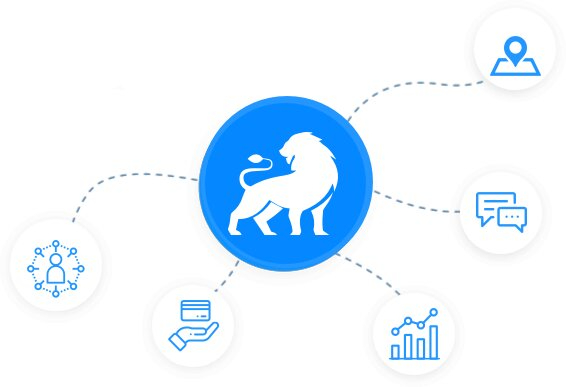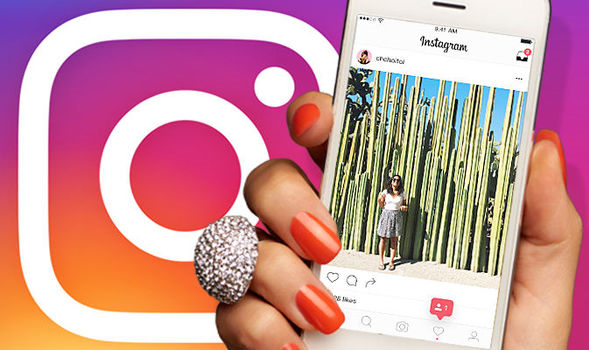Publishing quality content – content linked to the needs of your target – is the first commandment for those who want to find the right direction in the world of corporate blogging, for those who wish to exploit the strength of inbound marketing, and for those who want to transform their newsletter into an indispensable appointment.
Obviously, this principle also applies to social media marketing: you must publish quality content on your Facebook page, your Twitter account, and your Google Plus profile. And where is this content located? Only on your blog?
Wrong, you don’t have to turn your accounts into a corporate megaphone – you risk failure across the board because people don’t need this. People don’t need a social feed surrogate.
My blog does this; I did that, we do this. Stop talking about yourself and your company – talk about the readers. Talk about followers. Talk about the fans. Talk about the people who need to follow these channels. And above all, choose the best content to create an editorial calendar worthy of the name.
A difficult task? Of course, it is not easy to identify, improve and sort content on social platforms. But do you want to continue managing social networks like the owner’s cousin or nephew? The answer is no. That’s why I want to describe my personal recipe to give my social channels all the necessary content to become a point of reference.
The Topic Of This Post
- 1 . Leverage Hootsuite
- 2 . Use the right hashtags
- 3 . Save Facebook Link
- 4 . Beware of Google Plus
- 5 . The strength of the feed reader
- 6 . Lists and favorites
- 7 Your opinion
Take advantage of Hootsuite.
I dedicate the first step to Hootsuite, one of the favorite platforms for managing social media. But also a valid contribution for those looking for new contributions to share on their channels. Hootsuite, in fact, offers a suggested content service: how can you tailor it to your interests?
Just go to the “Publisher” menu on the left bar and then to “Suggested” to find dozens of articles related to the topic you usually share. Articles are already on the scheduling grid, so all you have to do is block or change the date and time Hootsuite suggests, confirm, and enjoy the benefits of continually changing useful content. Here is the official press release presenting this feature.
Use the right hashtags you know what hashtags are for? To characterize a message. The hashtag must be useful to the user, not to your desire to appear everywhere. At some point, they become annoying, useless, almost ridiculous. #Especially #when #are #used #on #every #word. Choose the right hashtag to help the follower understand your link or update.
Save Facebook link
My opinion: Facebook is a very useful, exciting social network, capable of providing food for thought and really interesting sources. Many argue the opposite, namely that Facebook is a favorite hangout for kids who only post photos of kittens and fake news. True? It all depends on who you follow: the stream is the result of updates from the people you follow.
So the first tool to find useful content on Facebook is this: the selection of contacts. You don’t have to unfriend; you can also decide not to follow the contact and hide the update. At this point, you only have so much quality in front of your eyes. A quality that escapes, that you don’t know where to save.
Sure? For some time, Facebook has activated a very useful function: “save the link.” Go to the top right, click on the arrow, select “save,” and store the news in your personal box. At the end of the day, resume all the links and schedule the publications.
Beware of Google Plus
Google Plus is a fantastic tool. Especially because it can turn into a sort of social newsletter: just mention one or more people (or even a circle) to send the update in the notifications. You can also send it via email if you check the option. But have people asked to receive this update? Are you at least sharing something vaguely interesting, or are you just spamming?
The strength of the feed reader
A very special feed reader: Feedly. With this tool, you can put order among the RSS feeds, that is, the updates that notify you when a blog publishes new content, but above all, it allows you to discover new blogs to add to the directory.
The mechanism is very simple: Feedly interprets the topic addressed by your blogs and suggests, in a window at the top right, the blogs linked to what you are reading. This way, you can add new feeds directly from this tool and discover great content for your fans and followers.
Another way to find new content with Feedly: search.
With the Feedly search, you can search within the reader, but you can also go further and take a look at the contents offered by Feedly. You can also use operators (and or not) to improve the search.
A detail: Feedly allows you to share content directly from the reader. One-click is enough to update your Twitter, Facebook, and Google Plus profiles. You can also pass it to Evernote, but only if you have a Pro account.
Lists and favorites
I use Twitter favorites as a bookmark. As a bookmark. I give a star to all the contents that I consider useful for my work. You can consult this list on my Hootsuite account and distribute the links across the various accounts. There is content that needs to be sent from Twitter and others via Facebook: Favorites help me manage content.
One question: where do I find content on Twitter? The profiles included in the lists: only valid people, those who post quality links that I cannot find easily. Obviously, the list can also be managed via Hootsuite, but one clarification is important: you have to make a lot of selection. Otherwise, you risk having to slalom between crap and low-quality content.
Your opinion
What do you want to add to the list? Do you think this is enough to give depth to your online great lake insurance business? What is the best way to discover and share good content? Leave your experience in the comments; let’s tackle this delicate point together.





